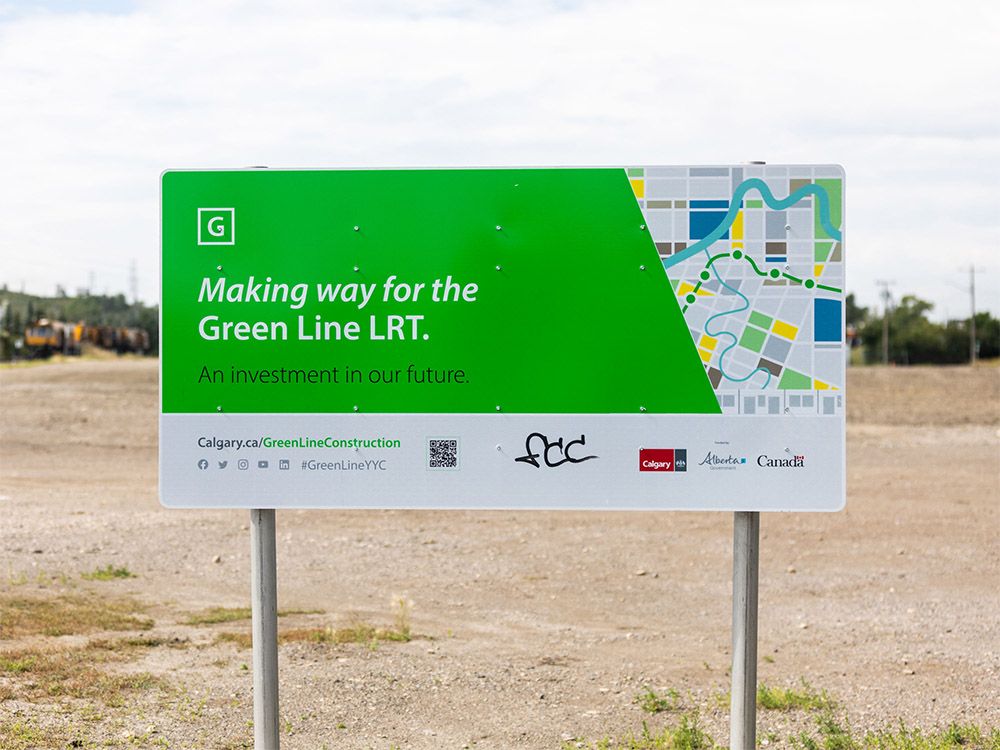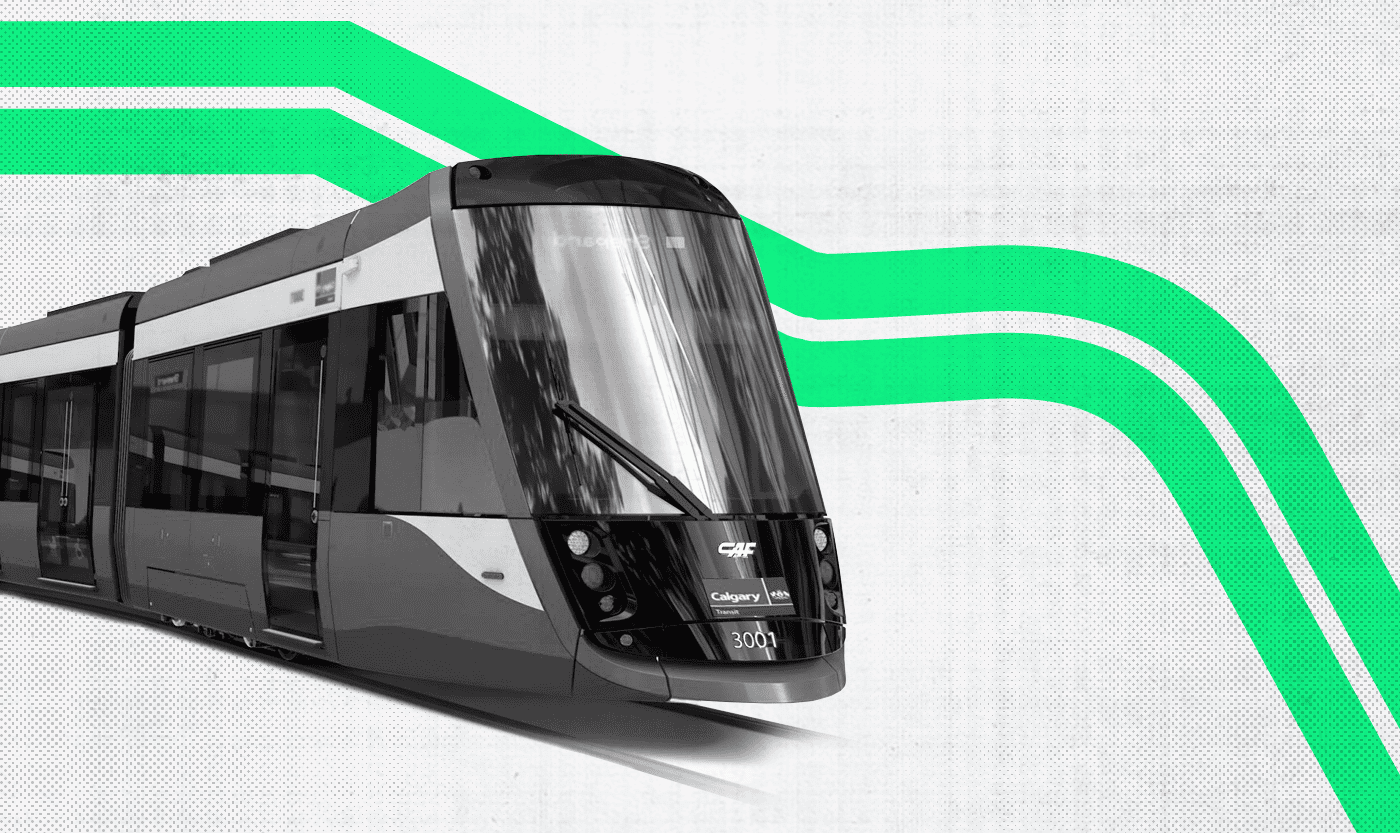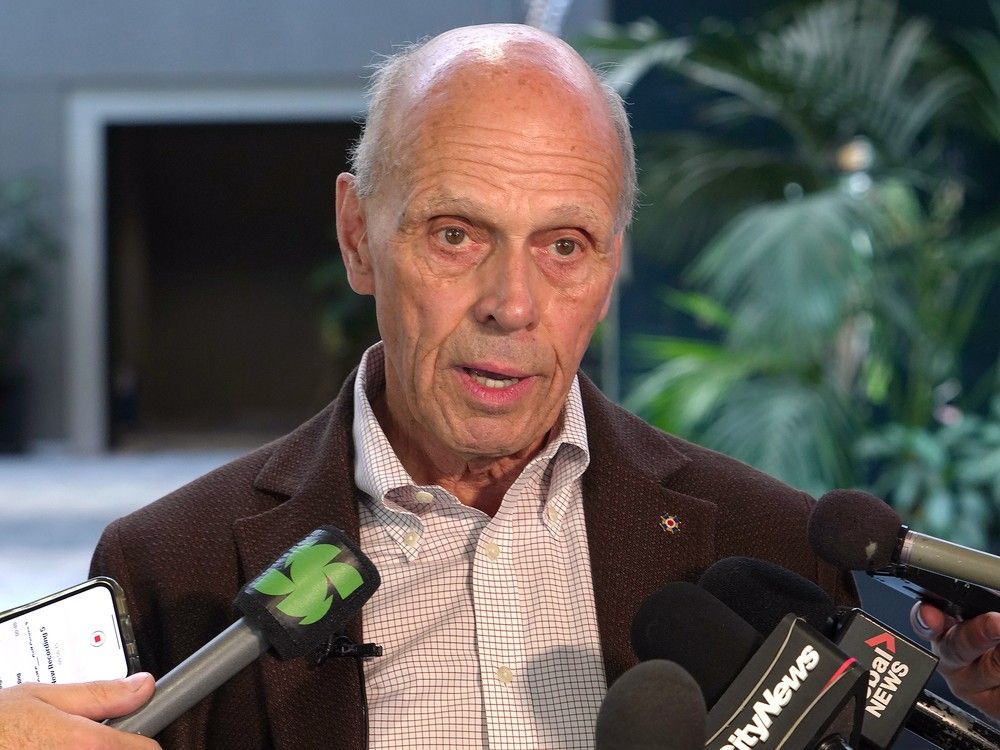MichaelS
Senior Member
If politicians can admit (which means take blame for the lost decade and $Billion spent) that they actually don't know more than the professional transit planners, maybe we will get back to that initial vision, but I think it will take an election that completely removes anyone who has been involved in this so far.

 calgaryherald.com
calgaryherald.com

Bell: Calgary Green Line, former city transit planning boss speaks out
Calgary Green Line under fire as former city transit planning boss speaks out on an LRT losing support as costs go up and the line shrinks

